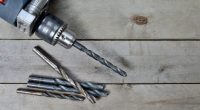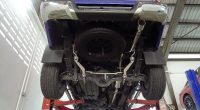The Ultimate Guide to Mazda BT-50 Throttle Controllers
The Mazda BT-50 might not be everyone’s first choice when it comes to buying a new ute, but current and previous models are built on sound foundations. The last gen has the Ford Ranger as its sibling, and shares the chassis, drivetrain and engine offerings, while the new car is based on the Isuzu D-Max. Both are powered by sturdy and hard-pulling diesel engines, with a 147kW 5-cylinder shared with Ranger and a 140kW 4-cylinder with 200cc less displacement coming from Isuzu. There’s more than enough torque for hauling all your gear. But if you want outright pace from a standstill, then a few mods can also add some fun to an otherwise plain ride.
Utes are well served with a range of upgrades. These range from simple ECU tunes that do some mixing with the current numbers on offer, to complete engine rebuilds for anyone needing more power. Simpler mods that improve throttle response go well with diesels and heavier cars. Installing a BT-50 throttle controller in your Mazda ute will make a world of difference in how the car reacts when you put your foot down.
What are Throttle Controllers?
Throttle controllers are the aftermarket electronics that help with better acceleration. The modules are small but pack a lot of electronic wizardry to feed your car’s ECU with better performance. They can be fitted on all vehicles with the fly-by-wire throttle, so all cars from the mid-1990s. The aim is to reduce throttle lag, something that most carmakers build into their cars, citing safety reasons. There’s nothing happening once you press the pedal, and the time wasted can prove frustrating. And in some cases opposite of what is intended.
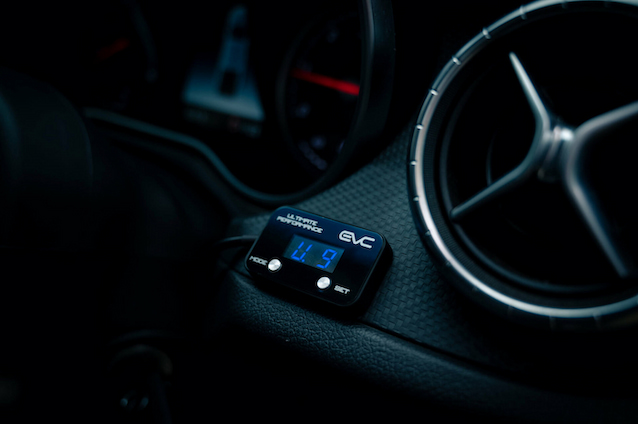
Throttle controllers work by increasing the voltage that the car’s ECU reads from sensors lining the acceleration pedal. With the controller manipulating stock values, the ECU then opens the engine’s throttle body to supply the cylinders with a richer air and fuel mix. And a bigger bang is what’s needed for a quicker car. For diesels, like that fitted to most Mazda BT-50s and the inherent throttle and turbo lag, this translates to quicker times off a standstill, than the timed 10.8 seconds to 100kph in current versions, and over 11 seconds in the 3.2-litre car. Throttle is also more spritey in smaller displacement diesels turning the back wheels only, like the small-volume 1.9 and 2.2 cars.
What You Get with Throttle Controllers
Improved Acceleration
A bit more feel with the pedal down helps the heavy BT-50 in more ways one. First, is the obvious – better throttle response. The car is quicker and this is something you can actually feel. Gone is the hesitance, and there’s no juddering. You get instant acceleration off the mark. And better reaction times at cruising speeds. In-gear acceleration is also improved and this helps with quicker gear changes in the auto, and safer overtaking. Another thing of note is turbo lag is also reduced, as the revs pick up quicker and the turbo kicks in at around 1600 rpm. Combined, this should shave off a least a second when going onto highway speeds of 110kph, so you can get to work a few minutes early.
Off-roading and Towing
Controllers have different modes to supply different amounts of voltage to the ECU and within a defined range. If you need better acceleration than stock, dial the controller to performance (or ultimate mode, depending on the manufacturer), and the ute should liven up. If you need the opposite, more controlled throttle response in low-gearing and when going through tougher terrain, then dial to eco (economy) mode to cut down on the throttle. This can help by reducing excessive wheel spin, something that can get you bogged down on looser surfaces like sand. Eco mode is also what you’d want on undulations and uneven terrain filled with ruts. There won’t be abrupt lunges that can get you in trouble or damage the car.
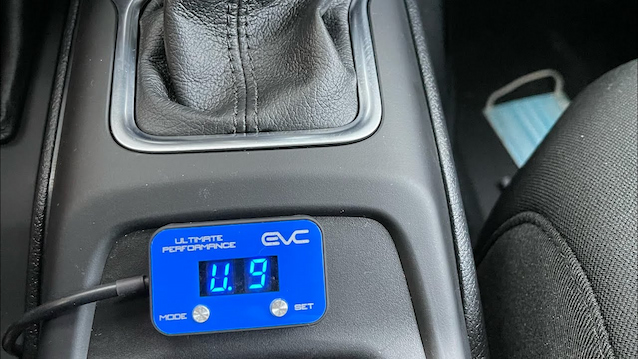
A BT-50 throttle controller will also help with heavier vehicles, trailers or caravans being towed at the back. The controller can provide just the right amount of throttle without the weight of the towed vehicle putting you in a tight spot. Usually, you’ll want to be in eco mode when leaving the driveway or lights, and in performance mode when overtaking larger vehicles. An ideal application is towing on inclines and when going downhill, to smooth out the ride.
Better Fuel Consumption
The same eco mode can be used in heavy traffic to cut down on overall fuel use. Use this when going to and from work and during bumper-to-bumper traffic on main roads. The savings won’t be spectacular, but still add up over the long run.
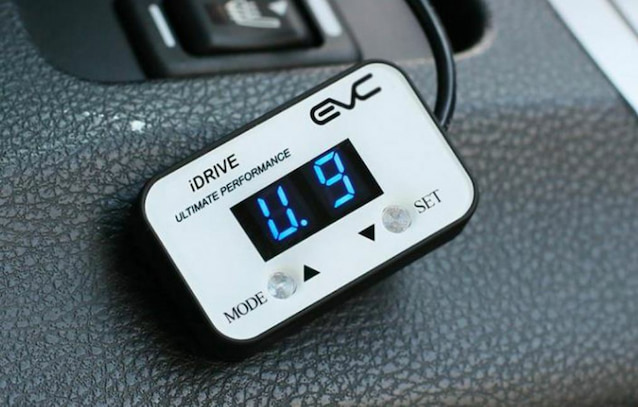
Where to Get One
Throttle controllers are available for most cars. They are sold directly from the factory (Aussie brands are the ones to go for) or scores of automotive retailers throughout the country. Installation is easy, with the business end fitting to the acceleration wiring and clear-cut instructions that make the work a breeze. You can also get it done for you, all in a matter of a few minutes. The different modes and settings within each mode are easy to change while driving, and all you need is to have the module fitted somewhere within arm’s reach.


